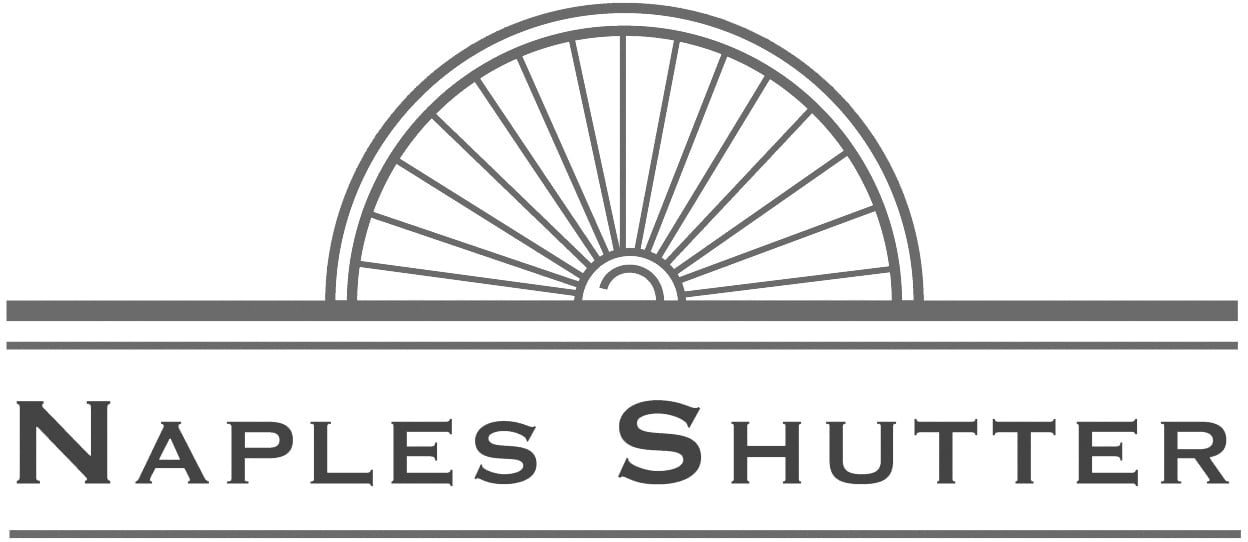 So you’ve chosen the hidden tilt premium wood plantation shutter with the option for a midrail, painted in SW 7006. The installer will have to final measure and pre-miter the frames before he comes out to your house, where he will teach you about louver tension, and….
So you’ve chosen the hidden tilt premium wood plantation shutter with the option for a midrail, painted in SW 7006. The installer will have to final measure and pre-miter the frames before he comes out to your house, where he will teach you about louver tension, and….
Wait, what?
Have you ever been in a situation where you have absolutely no clue what was just said to you? Don’t worry, it happens all of the time, especially in industries, such as construction, automotive, and various others, even window treatments. Well, we’re here to clear up some plantation shutter lingo that you’ll be sure to hear during your experience with upgrading your window treatments. Here are some common phrases you’ll hear at various stages of the process:
Plantation Shutter Options
Standard & Hidden Tilt: Those slats that open and close to allow light to enter your home are called louvers, and they are operated by what’s called a tilt rod. Now, you have a couple of options for how you want your tilt operation to work: standard and hidden.
Standard tilt means that there is a bar that runs vertically down the center of your shutter panel. It’s held onto the shutter by staples and moving it up or down will cause the louvers to open or close.
Some clients opt out of seeing the tilt rod and choose the hidden tilt option. This option hides the tilt operation, so instead of having a bar that runs down the front of the panel, the tilt operation is in the back and shifted all the way to one side. Louver operation can be done by simply pressing on the louvers to open or close, instead of a tilt rod. Many people choose this option for a cleaner look.
Midrail: Now that you know the parts of your shutter, there’s also an option to put a midrail, or divider rail on your panel. This is a rail that runs horizontally on your panel that allows the louvers on the top to open separately from the louvers on the bottom, instead of the louvers operating as one unit. This is especially helpful when the sun is in a location where it is shining directly into your window. You can close the top portion of your shutter, while leaving the bottom portion open.
During the Plantation Shutter Manufacturing Process
Final Measure: Your salesperson has a pretty good idea of how big your windows are, but some fine tuning may be needed in order to ensure that your new plantation shutters fit perfectly in your windows. That’s when our installers come into the picture. The first time you meet your installer, he will be final measuring your windows. He will take measurements down to the 32nd of an inch to ensure that your new shutters are built to be a perfect fit.
In Production/Specialty: After final measurements are taken for your shutters, your order goes into production. This simply means that your shutters are being built by the team in the factory. Once your shutters have been built and assembled, they either go to the painter or to our specialty department.
Specialty just means that certain modifications need to be made to your shutters before they go off to paint, including cut outs (for door handles), hidden tilt (we know all about that now!), arch tops, or sunbursts.
In Paint: After your shutters are built, they go to our painters for finishing. At the beginning of the process, your salesperson asked for your paint color. Most people choose the color that matches the trim in their house. We prefer to paint with the Sherwin Williams brand (SW), and a common color is 7006, Extra White (now the SW 7006 makes sense, right?). But every house is different, so it’s important to be sure to give your salesperson the correct color that you want to use to paint your new plantation shutters.
Plantation Shutter Installation
Pre-miter: Your appointment window may be between 9 a.m. and 10 a.m., but your installer has been hard at work with your job well before that. When your installer gets your panels, more often than not he has to pre-miter the frames before heading out to your house. This involves using a miter saw to miter the corners of the frames to ensure that they line up in the window perfectly and hold the shutter in place.
Louver Tension: Once your shutters are installed, the installer will teach you about louver tension. Sometimes, once wood acclimates to your home, the louvers may appear loose or they may seem hard to operate. Fixing this is quite simple and utilizes only one tool, a Phillips head screwdriver.
Your shutters have what are called tension screws on both sides of your panel. A quarter turn to the right tightens the louvers and a quarter turn to the left loosens them. Make sure to do this on both sides of the panel.
So now you’re a pro with plantation shutter lingo. As always, don’t be afraid to ask questions. We love answering them and we love being of service.





